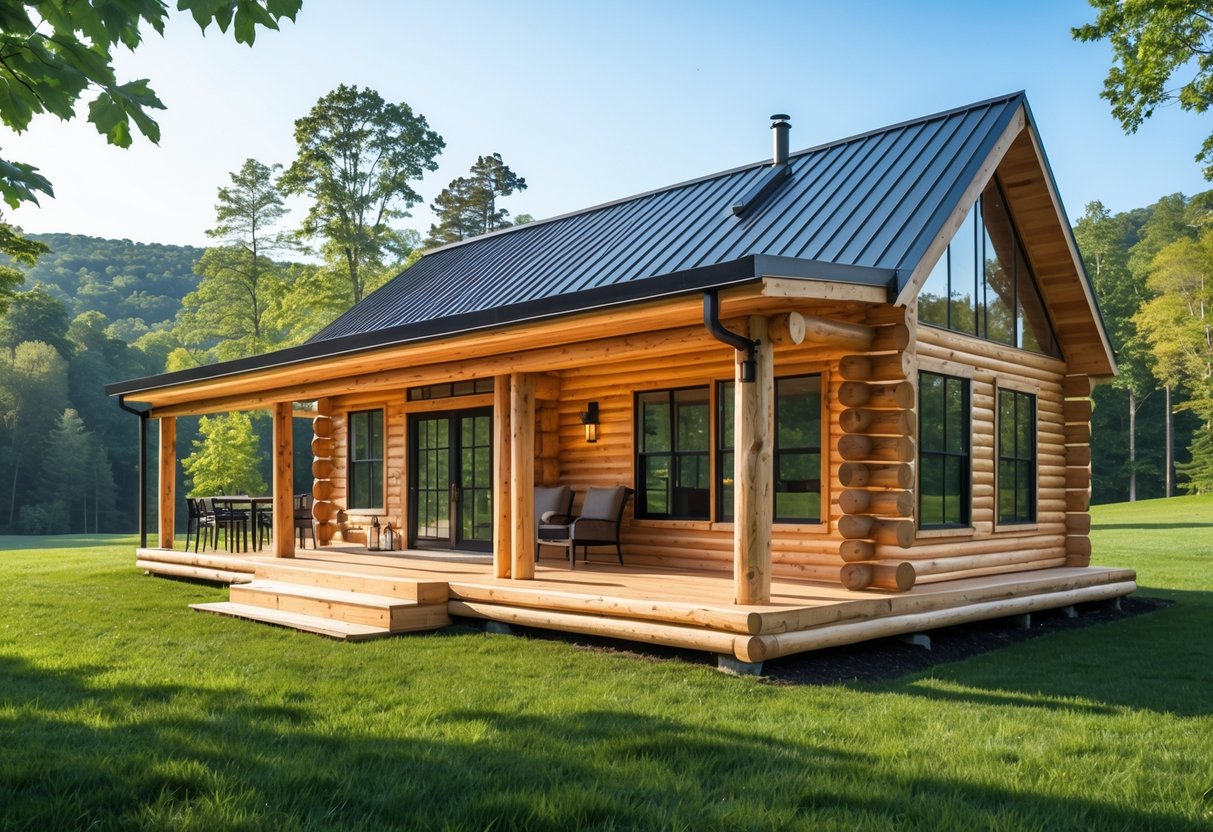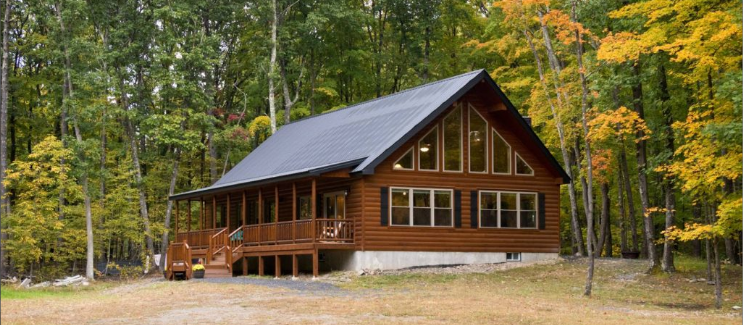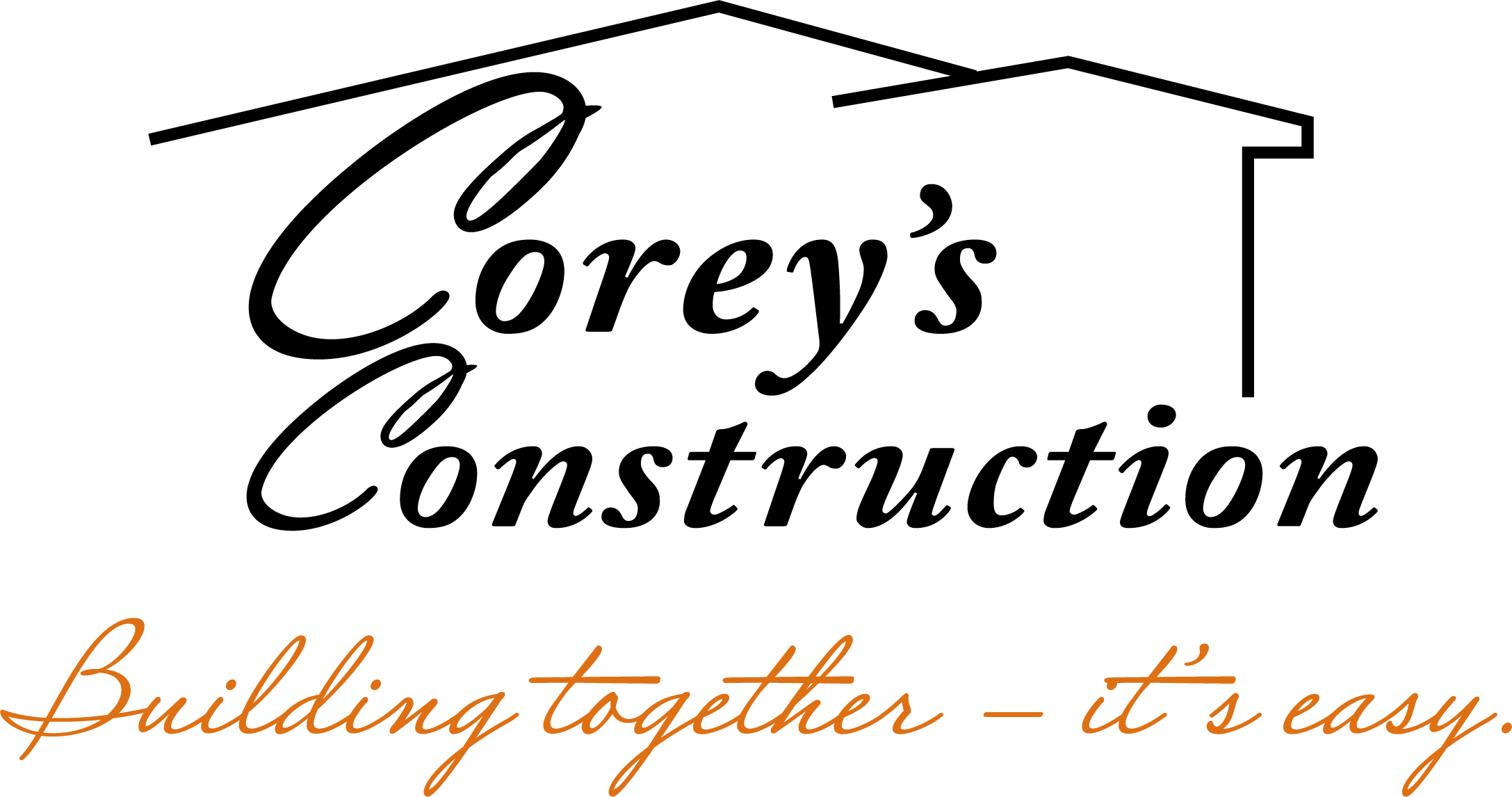Refinancing a modular home can be an intelligent financial decision, especially as modular homes continue to gain popularity for their affordability and eco-friendly attributes. By refinance, you may unlock lower interest rates, change the term of your loan, or tap into your home’s equity. As a homeowner, understanding the ins and outs of refinancing a modular home is essential when seeking the best financing options.
One helpful resource to consider exploring is ModularHomeLoan.com, which provides valuable information about financing options tailored to modular homes. These homes are innovative options for homeowners who desire a cost-effective and sustainable living space. By leveraging the data from such resources, you can confidently navigate the refinancing process and achieve your desired financial goals. Remember that refinancing involves assessing your current financial situation and identifying the most suitable loan options, so it’s crucial to stay informed and make sound decisions based on accurate information.
Modular Home Financing Options
Several options cater to your unique needs and preferences when financing your modular home. The excellent news is modular home loans offer various flexible and competitive financing solutions.
Down payment and credit requirements vary depending on the loan option you choose. A higher credit score can prove helpful when looking to secure better interest rates and terms. Regardless of your credit history, there’s likely a financing option that suits your situation.
Two main modular home financing options are construction loans and permanent loans. A popular choice is a construction-to-permanent loan, which starts as a short-term construction loan during the building phase and converts to a long-term mortgage once your home is complete. This option simplifies the financing process, requiring only one application and one closing.
FHA loans are another option, especially if you have a limited down payment or your credit score could be better. Insured by the Federal Housing Administration, these loans offer more flexible lending criteria, enabling borrowers with higher debt-to-income ratios to secure financing.
In contrast, conventional loans are available for those with solid credit profiles and preferable financial standing. While down payment requirements may be higher than FHA loans, conventional loans often have competitive interest rates and straightforward terms.
To make the financing process even smoother, take the time to research loan options from various lenders and compare the interest rates, fees, and terms they offer. By being proactive and doing your homework, you can find the right financing option for your modular home and be one step closer to enjoying your new living space.
Refinancing Modular Homes
Refinancing your modular home can be a beneficial financial move, allowing you to reduce your interest rate, loan term or access equity through a cash-out refinance. Before you take any steps, it’s vital to understand how the refinancing process works for modular homes and what options are available for you.
First, you should check your eligibility for a mortgage refinance on your modular home. Be prepared to provide information about your current loan, such as the balance, interest rate, and remaining term. Your credit score and payment history will also be considered in refinancing.
When exploring refinancing options, you may encounter various loan programs. One popular option is the cash-out refinance, which allows you to borrow more than your existing loan balance. This additional cash can be used for home improvements, debt consolidation, or other expenses. So as you know, cash-out may have different requirements and interest rates than other refinance options.
Another option to consider is refinancing through the Federal Housing Administration (FHA). FHA refinancing programs offer various benefits, such as lower down payment requirements and more flexible credit qualification criteria. However, FHA loans require you to pay mortgage insurance premiums, which can increase your overall borrowing costs.
Before choosing a specific refinance option, obtaining multiple rate quotes from various lenders is crucial. Comparing rates and terms will help you determine your financial situation’s best choice. Remember that some lenders might specialize in modular home refinancing, so research and select a lender with experience in this niche market.
In summary, evaluating your eligibility for refinancing, understanding the different loan programs, and obtaining rate quotes from reputable lenders will help you decide when refinancing your modular home. Following these steps and considering your unique financial situation can improve your overall financial health through a successful modular home refinance.
Modular Home Loan Application Process
When applying for a modular home loan, it’s essential to be prepared with the necessary documentation and to understand the process involved. You can start by gathering your required documents, such as W-2s, pay stubs, tax returns, and a detailed account of your assets and debts. Documentation of your employment and work history for the past five years is also essential in the approval process. Could you ensure proof of income, such as a certified bank check, to cover fees like application and credit check charges 1? Your credit history will play a significant role in the approval process, so please ensure your credit report is in good standing.
As you begin the application process, be prepared to have your modular home appraised and inspected. The appraisal determines the current value of your home in relation to closing costs, fees, and other financial factors during the refinancing process. An inspection helps confirm that the house is structurally sound and adheres to the permanent foundation requirements. Your lender may need a, and completing these tasks is essential before moving forward with the loan process.
Modular home loan closing costs and other fees may differ from traditional mortgage loans. Be sure to ask your lender about any additional costs associated with refinancing your modular home, which will help you budget accordingly. Additionally, consider the time it will take for the application process, approval, and disbursement of funds, as these aspects vary depending on individual circumstances and loan provider.
Once your documentation is submitted and your home has been appraised and inspected, be patient as the lender reviews your application. The approval process may take some time, but for a successful outcome, it’s essential to maintain a professional demeanor and provide any additional information requested by the lender. Don’t hesitate to contact your loan provider and quickly respond to any questions about your application.
By following these steps and ensuring proper documentation, you can confidently navigate the modular home loan application process and work towards securing the right financing to refinance your property.
Modular Home vs. Traditional Home Loans
When thinking about a modular home, you’ll want to know how these homes differ from traditional stick-built homes, mobile homes, and the home loan options available for each.
A modular home is constructed in sections in a factory and later assembled on-site. They adhere to local, state, and regional building codes as traditional stick-built homes. As a result, you can expect similar financing options. With your modular home classified as real property, you can apply for conventional mortgages with terms like a 30-year fixed-rate mortgage, FHA, or VA financing.
On the other hand, mobile homes, also known as manufactured homes, are built to comply with the U.S. Department of Housing and Urban Development (HUD) Code. They are considered personal property instead of real property, so financing options differ from those of modular and stick-built homes.
As you explore your home loan options for a modular home, consider the following factors:
- Future: Since modular homes are constructed with a focus on sustainability and energy efficiency, you might save money on utility bills in the long run.
- Location: Before buying, ensure the land you plan to place your modular home has been zoned for such a structure.
- Real property: To qualify for a traditional home loan, your modular home must be permanently affixed to the land and classified as real property, with some lenders requiring a foundation.
Additionally, remember that loan requirements and terms may vary by lender. It’s essential to compare offers and research to find a suitable modular home loan that works best for you.






